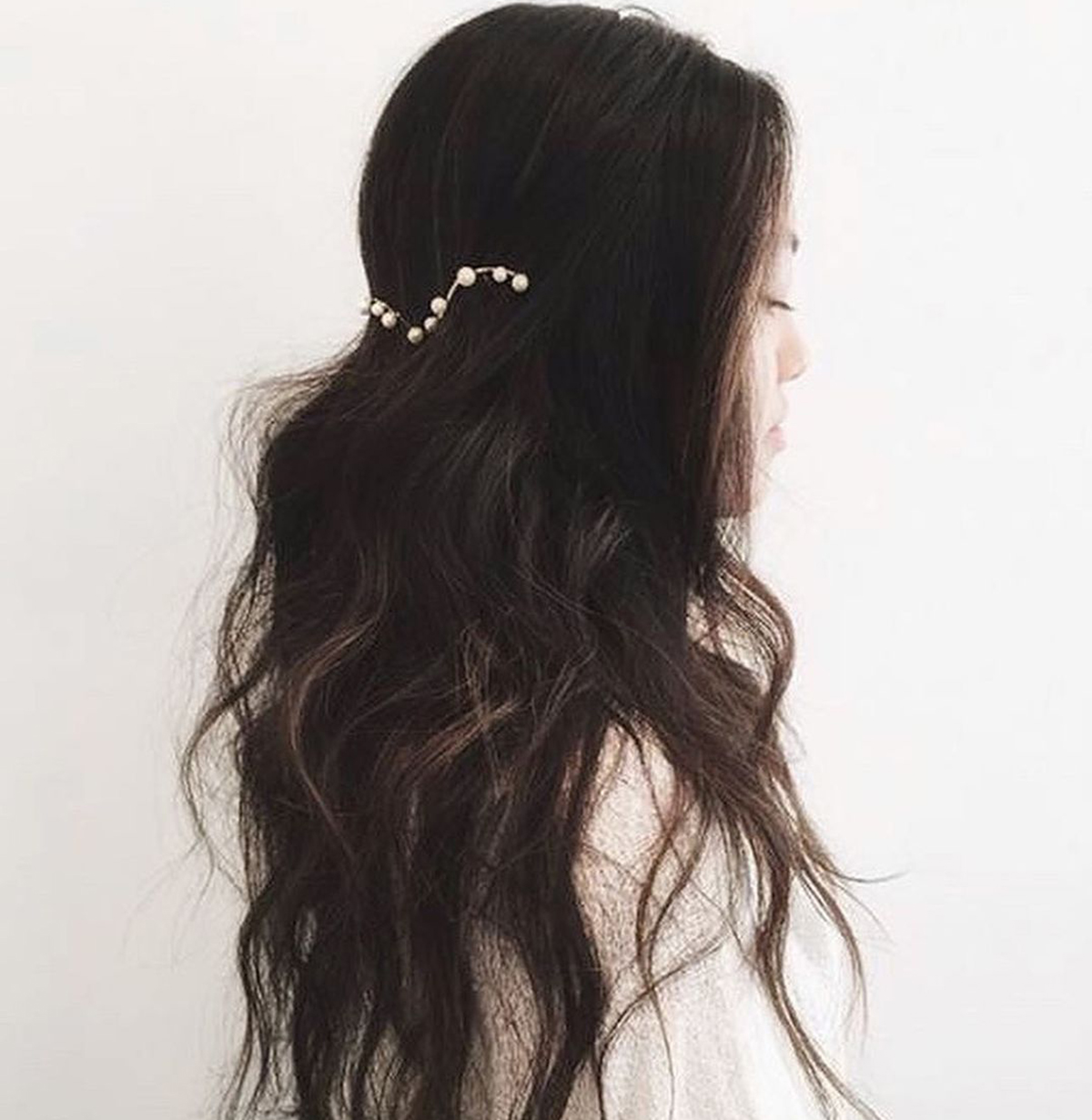I love having wavy hair—when it cooperates. On a good hair day, I’m able to achieve tousled waves that look like I just got back from a surfing session, but on a bad hair day, it takes the shape of an equilateral triangle. Wavy hair can be finicky, so I’ve tried to perfect styling it, but sometimes, I simply have to throw it into a topknot or twist it back with a claw clip.

To learn how to get beachy waves every day and not just because of a stroke of luck, I reached out to stylists who specialize in waves and coils for their wavy-hair advice. Read on to find out what the best routine is for waves and the best wavy-hair-routine products to create stunning waves at home.
Think of it this way: All waves are curls, but not all curls are waves. If you have waves, you likely have 2a, 2b, or 2c hair. “Waves are usually classified as visible S waves that tend to move all in the same direction from roots to ends,” says James Ruiz, Bumble and Bumble stylist and educator. Though this is typically how waves work, all waves are different, and some might be straighter while others are closer to ringlets.

Waves and curls aren’t all that different, but Ruiz explains that waves tend to be flat at the roots and grow wider with length, which can make hair look triangular. Because of this, you’ll want to make sure you style your hair correctly to let your waves shine.

When it comes to products, wavy hair requires a lot less moisture than tight curls. “Those with very curly hair will tend to use heavier products that could weigh your waves down,” says Evan Joseph, a natural hairstylist, the founder of Evan Joseph Salon, and an advocate for Authentic Beauty Concept. “Stick with lightweight products with hold that aren’t sticky.”
“A good routine starts with a good gentle cleanse that will keep the hair clean and weightless to amplify your waves, so reach for a zero- to low-lather cleanser,” says Joseph.


From there, opt for a silicone-free conditioner. Joseph recommends looking for one that doesn’t contain too many butters and oils, as these ingredients can weigh down waves. “Detangle in [the] shower with your conditioner,” he says.



Once you’re out of the shower, go for a hydrating curl cream that won’t weigh down strands. “I would avoid any heavy creams at the roots only because it can make your hair look oily,” says Ruiz. “I would also avoid scrunching products into your hair. Instead, try massaging and pressing your hair in between your hands.” Joseph recommends using a microfiber towel to dry hair to minimize frizz and help encourage waves to form.


You can let your hair air-dry for a super-low-maintenance wavy-hair routine or blow-dry it for maximum wave. If you choose to blow-dry your hair, be sure to apply a blow-dry cream to keep your strands protected from the heat. For either blow-drying or diffusing, Ruiz recommends breaking hair into sections.
“Section the hair in four to six sections, usually in front of the ear on both sides (like a headband) from your part to the hairline, and then twisting the back into two or three sections (based on your density),” Ruiz says. “Twist each section so that it forms a rope, and diffuse hair section by section or leave it alone to air-dry.”



After the hair is dry, add a bit more volume and texture to it by mixing in a volumizing product. Spray a bit of dry shampoo into the roots for more lift, or use a texture spray throughout the hair to create more tousled and subdued texture.



Don’t worry—you don’t need to wash your hair every day for the waves of your dreams. “You can try a silk or satin pillowcase and scrunchies for sleeping,” says Joseph. If you think your hair needs a bit more oomph the next day, try a curl-refreshing spray to revive waves.



This article was originally published at an earlier date and has been updated.
